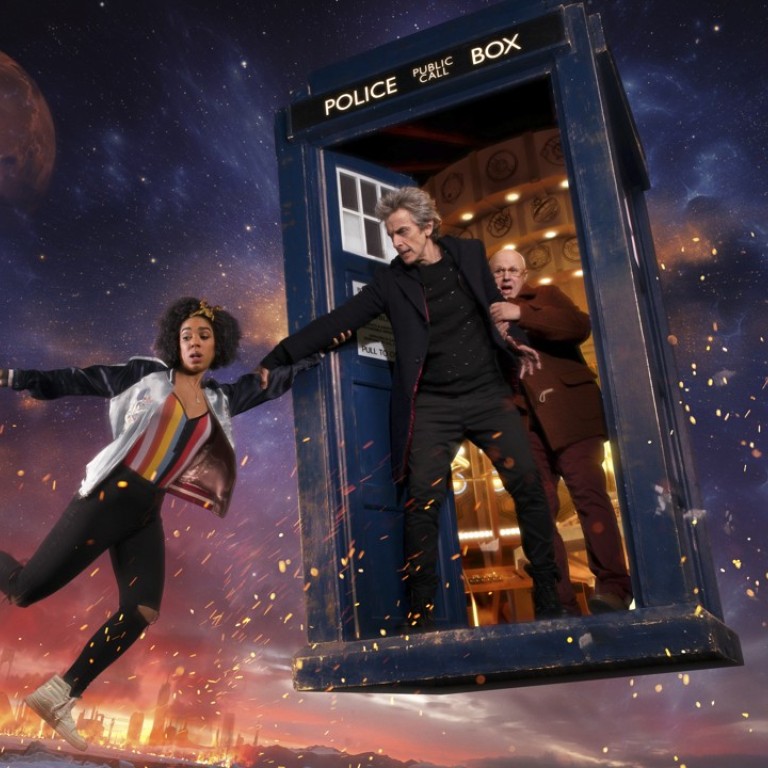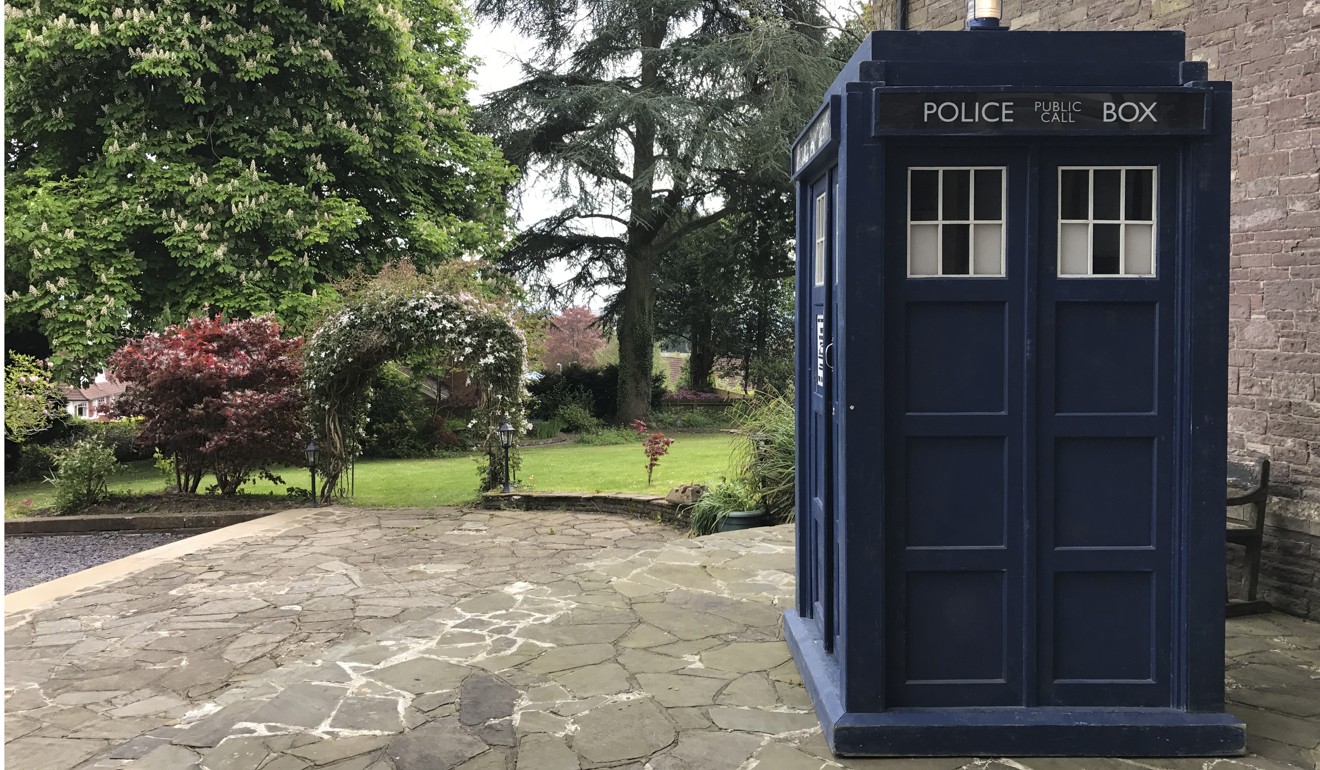
Discover how binaural audio will redefine the way we hear things through headphones - just look at Doctor Who
With its surround-sound effect, binaural audio is set to become more mainstream as recording technology improves, and could be the missing link that gives virtual reality lift-off
We’re all used to hearing surround sound in cinemas – and perhaps even at home with the right set-up – but until now, what we’ve always listened to through headphones has been in stereo. That’s all set to change with “binaural audio”, a new sound format that’s currently the subject of some exciting experiments being performed by broadcasters and headphone manufacturers alike.
Binaural simply means “listening with both ears”. As a format, binaural audio – also known as “3D sound” – has been researched since the 1960s, but until recently, the sound has had to be recorded using large, unwieldy microphones shaped like human heads that don’t lend themselves well to complex productions.

The format is based on the fact that during everyday life, sounds reach each ear at slightly different times. By taking into account the way sound moves around your head, binaural audio gives listeners a 360-degree sense of space and distance using just a pair of ordinary headphones. The result allows listeners to feel far more immersed in a place – it’s surround sound without the speakers.
“When you’re watching TV it’s like you’re at the cinema and the sound is being projected at you, but with binaural technology, the images are the same, but it feels like you’re stepping on to the stage and you’re in that space,” says Catherine Robinson, audio supervisor at BBC Wales, the production team behind the popular British sci-fi TV series Doctor Who.
Doctor Who Peter Capaldi on why there’s nothing bittersweet about leaving the BBC sci-fi show

The preview I had of this particularly spooky episode of Doctor Who set in a sinister old house was hugely atmospheric. Listening in binaural sound on headphones (it’s critically important to wear the right and left ear cups correctly), the house audibly creaks at the edges of the sound mix. A door closes behind you. Thunder claps outside the window. People talk as they walk through a shot, and their voices go with them. The sense is not just of spatial immersion, but of unusually crystal clear sounds that appear sometimes very close, and at other times very far away.
The house seems to echo; it’s like you’re in the room. You can close your eyes and pinpoint exactly where a creaking floorboard is, but also hear people chatting quietly behind you. It’s all about the viewer inhabiting the space.

It works well for this particular episode, but with so many cuts and camera shots, it can be difficult to soak up the binaural effects uninterrupted – the lingering shots are by far the most effective.
“Ultimately it’s my hope that people will write scripts knowing what the technology is capable of,” says Robinson, whose previous experiments with binaural audio include an adaptation of Japanese horror flick The Ring . She adds that if the audience feedback for the episode and future binaural projects is good, then perhaps production teams will change how they work.
However, surely the ultimate aim for binaural sound is to become something else far more important: the missing link for virtual reality headsets, in which stereo sound can contrast with the 360-degree environments. Known as “dynamic” binaural audio, this looks set to have a huge future.
Four top wireless noise cancelling headphones for your daily commute
“Normal binaural is static, but dynamic binaural is when you start to hear sounds when you move your head through 360 degrees – it requires sensors to make those sounds move,” says Robinson, who last year used the BBC’s pioneering binaural software tools to create some 360-degree segments for the Planet Earth II series.
But this isn’t just about lavish productions by huge broadcasters; binaural sound works both ways. Not only can you listen to binaural audio, but it’s now possible to capture the natural spatial characteristics of a location.

Sennheiser’s Ambeo Smart Headset, due out this summer, has an omnidirectional microphone in each ear that records the sound you hear. The advance version I tested was only for the iPhone, but Sennheiser is also crafting a version with Samsung for Android devices.
A regular pair of earphones in all other regards, the Ambeo Smart is “point-and-shoot”, though this time you’re a walking microphone. As long as you keep looking where you’re pointing your phone, the video you capture has audio through 360 degrees. If a car passes in front of you from left to right, so does the sound. If you turn and face the other way, the car sounds like it’s behind you. Once it’s been recorded, it’s there forever, and can be listened to through any earphones.
Ultimately, it’s my hope that the creative people will write scripts knowing what [binaural audio] is capable of
“The first time you put on headphones and hear a video made with the Amber Smart Headset you will be amazed,” says Betty Bennett, co-founder and chief executive at Apogee, which provides the audio processing. “It adds an entirely new dimension to watching videos and memories captured on your iPhone.”
The two microphones capture the subtle differences in timing, volume and timbre that occur as sounds from different directions reach each ear. It’s almost lifelike. For capturing live, real-time virtual reality video, the Ambeo Smart Headset is perfect – though you do get lot of background noise. That’s partly why the BBC is using software to create binaural audio.
However, because the microphones on the Ambeo Smart Headset sit outside the ear, they’re never going to be as precise as professional binaural microphones, or the BBC’s new digital tools.
“I’ve been using the Soundman ambisonic microphone that sits inside your ear, because it’s important not just to capture the distance between your ears, but how way the sound bounces off the face shape and the ear canals to create the illusion,” Robinson says. “Binaural audio doesn’t work for everyone because we don’t all have the same head shape.”

So binaural sound is calibrated for the average ear for now and it’s inevitable that some people will detect more directional audio than others. Eventually, however, the sound will also be customised to your head.
“In future, we’ll take a measurement of each person’s head and put it into the computer as our own personal thumbprint for listening to sound – and we’ll get a much more accurate representation,” Robinson says.
Although binaural audio is instantly impressive, the novelty does wear off after a while – and then it’s very difficult to go back.
“When I listen to ordinary stereo it feels too close, and I don’t want that anymore – I want the big sound, I want that space,” Robinson says. “It’s like when we went to HD – you don’t know you want it until you go back to the older version.”
Fun and games: virtual reality games are poised to enjoy huge growth in China, thanks to technological breakthroughs
She’s right. The most telling part of watching Doctor Who in binaural audio came at the very end, when a trailer is played for next week’s episode without the new spatial effects.

